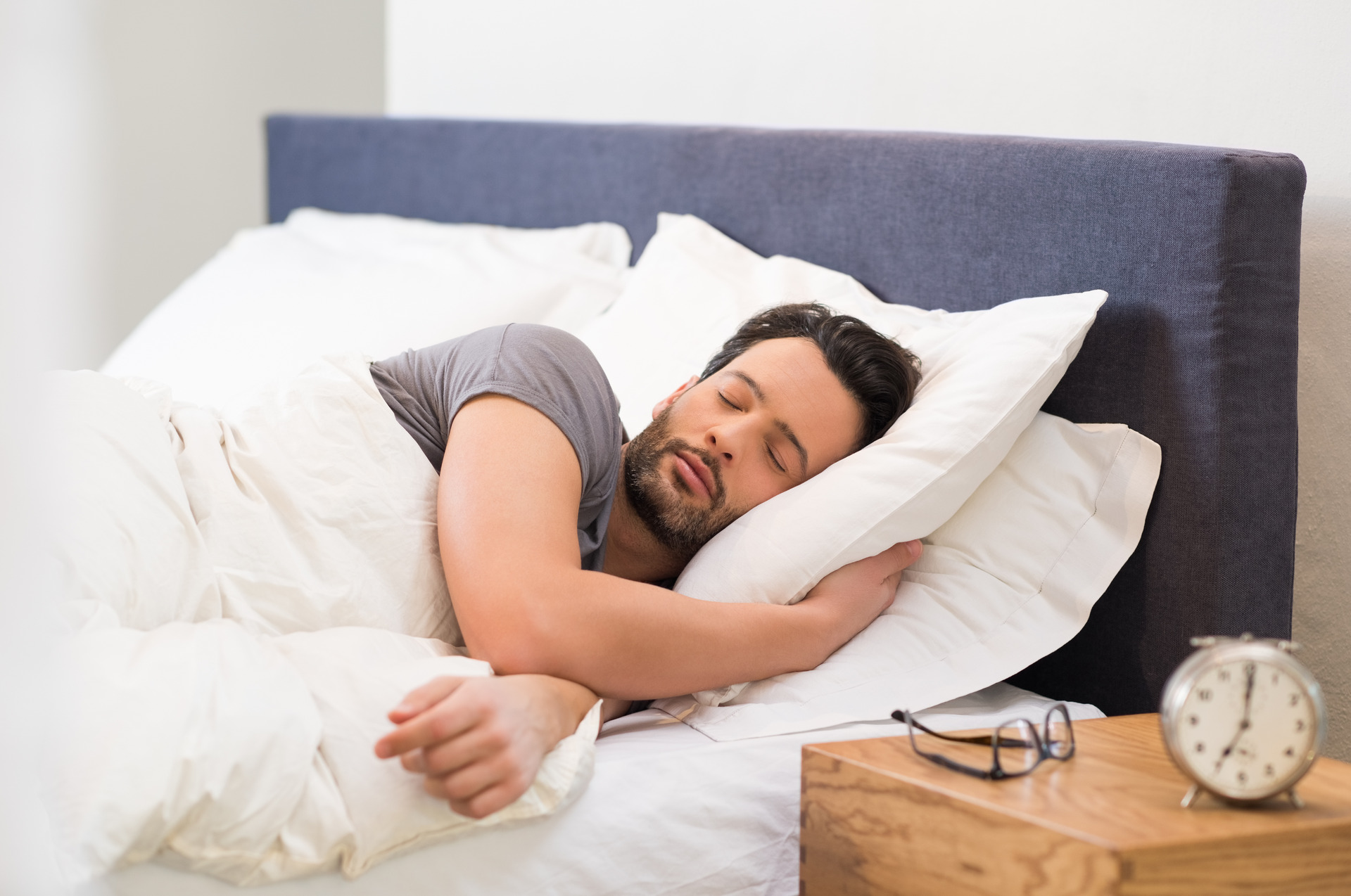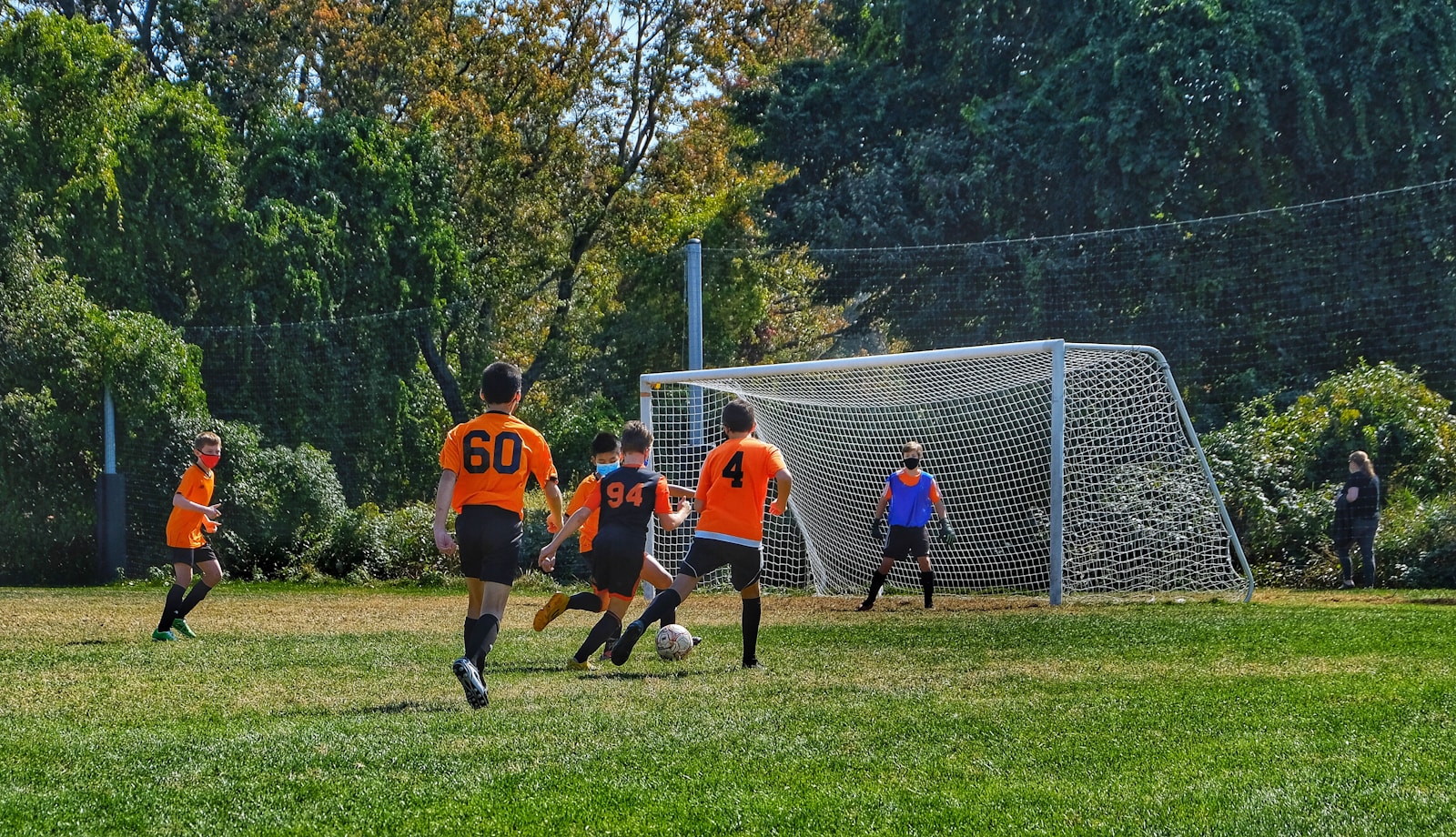Are you waking up with persistent lower back pain? You’re not alone. Millions of people worldwide experience morning back pain, and your sleeping position might be the hidden culprit. This comprehensive guide explores the fascinating connection between side sleeping and morning back discomfort, offering practical solutions for better sleep and pain-free mornings.
The Side Sleeping Position: A Double-Edged Sword
Side sleeping is one of the most common sleeping positions, with studies showing that approximately 60% of adults prefer it. While this position can be comfortable and beneficial for some conditions like sleep apnea and acid reflux, it can also contribute to morning back pain through a mechanism many people don’t understand.
How Side Sleeping Affects Your Hip Flexors
When you sleep on your side, there’s a natural tendency to draw your knees toward your chest. This position may feel cozy, but it creates a chain reaction in your body:
- Your hips flex forward in a fetal-like position
- Hip flexor muscles remain in this shortened position for hours
- These muscles adapt to this position throughout the night
- Upon waking, the sudden demand to straighten creates resistance
The Mystery of Referred Pain Explained
What Is Referred Pain?
Referred pain is a fascinating phenomenon where discomfort is felt in a location different from its actual source. In the case of morning back pain, the true culprits are often tight hip flexors, but your brain interprets the sensation as back pain.
The Heart Attack Analogy
Consider how during a heart attack, people often experience:
- Left arm pain
- Jaw discomfort
- Numbness and tingling
- Pain between shoulder blades
This well-known example perfectly illustrates how pain can manifest far from its source, similar to how hip flexor tightness can create back pain.
Why You Can’t “Point to the Pain”
One distinctive characteristic of referred pain is its diffuse nature. When experiencing morning back pain:
- You can identify the general area of discomfort
- Pressing on the painful area may cause some discomfort
- The exact point of pain remains elusive
- The sensation differs from direct tissue injury pain
Solutions for Side Sleepers
Immediate Relief Strategies
- Gradual Morning Stretches
- Start with gentle knee-to-chest stretches
- Perform hip flexor stretches while still in bed
- Take your time getting up and moving
- Proper Sleep Position Modifications
- Use a pillow between your knees
- Maintain neutral spine alignment
- Choose a mattress with appropriate firmness
Long-Term Prevention
- Daily Hip Flexor Care
- Regular stretching routines
- Strengthening exercises
- Movement breaks during the day
- Sleep Environment Optimization
- Invest in a supportive mattress
- Use ergonomic pillows
- Consider a body pillow for alignment
When to Seek Professional Help
While morning back pain is often related to sleep position, certain signs warrant medical attention:
- Pain that persists throughout the day
- Accompanying numbness or tingling
- Severe pain that interferes with daily activities
- Pain accompanied by other symptoms
Preventive Exercises and Stretches
Morning Routine (5-10 minutes)
- Gentle hip flexor stretches
- Cat-cow poses
- Pelvic tilts
- Knee-to-chest stretches
Evening Routine (10-15 minutes)
- Standing hip flexor stretches
- Hamstring stretches
- Gentle twists
- Relaxation exercises
The Science Behind the Solution
Understanding the biomechanics of side sleeping helps explain why these interventions work:
- Muscle length-tension relationships
- Effects of prolonged positioning
- Role of fascia and connective tissue
- Importance of proper spinal alignment
Conclusion
Morning lower back pain for side sleepers is a common but manageable condition. By understanding the role of hip flexors and referred pain, you can take proactive steps to prevent and address this discomfort. Remember that small changes to your sleeping position and daily routine can lead to significant improvements in your morning comfort and overall well-being.
FAQs
Q: Can changing my mattress help with morning back pain?
A: Yes, a mattress that properly supports your body’s natural alignment can significantly reduce morning back pain.
Q: How long does it take to see improvements after implementing these changes?
A: Many people notice improvements within 1-2 weeks of consistently practicing proper sleep positioning and stretching routines.
Q: Should I stop sleeping on my side completely?
A: Not necessarily. Side sleeping can be healthy when done properly with appropriate support and positioning.
Q: What type of pillow is best for side sleepers with back pain?
A: Look for pillows that maintain neutral spine alignment and consider using a body pillow for additional support



